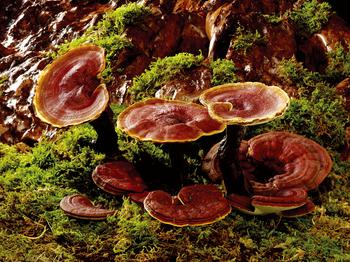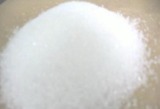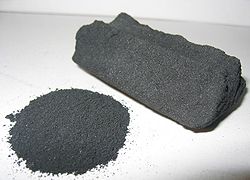- Basic Chemicals
- Medicine raw material
- Food Additives
- Amino Acid
- Plant Isolation
- Plant Polysaccharide
- P lant flavone
- Plant saponins
- Plant Polyphenols
- Anthocyanins
- Activated carbon
- CLOTH
- Medical Device
Flavones are mainly found in cereals and herbs. In the West, the estimated daily intake of flavones is in the range 20–50 mg per day. In recent years, scientific and public interest in flavones has grown enormously due to their putative beneficial effects against atherosclerosis, osteoporosis, diabetes mellitus and certain cancers.[5]Flavones intake in the form of dietary supplements and plant extracts has been steadily increasing.
Natural dietary flavones, found in parsley, celery, and citrus peels, reactivate DLC1 (Deleted in Liver Cancer 1) expression in breast cancer cell lines which have decreased DLC1 expression due to promoter hypermethylation, and may potentially be used as an anti-cancer agent for prevention and therapy of breast and other DLC1 downregulated cancers.
Drug interactions
Flavones have effects on CYP (P450) activity which are enzymes that metabolize most drugs in the body.
Organic chemistry
In organic chemistry several methods exist for the synthesis of flavones:
- the Allan–Robinson reaction
- the Auwers synthesis
- the Baker–Venkataraman rearrangement
- the Algar–Flynn–Oyamada reaction
Another method is the dehydrative cyclization of certain 1,3-diaryl diketones
this particular study making use of an ionic liquid solvent and microwave irradiation.
Wessely–Moser rearrangement
The Wessely–Moser rearrangement (1930) has been an important tool in structure elucidation of flavonoids. It involves the conversion of 5,7,8-trimethoxyflavone into 5,6,7-trihydroxyflavone on hydrolysis of the methoxy groups to phenol groups. It also has synthetic potential for example:

This rearrangement reaction takes place in several steps: A ring opening to the diketone, B bond rotation with formation of a favorable acetylacetone-like phenyl-ketone interaction and C hydrolysis of two methoxy groups and ring closure.













